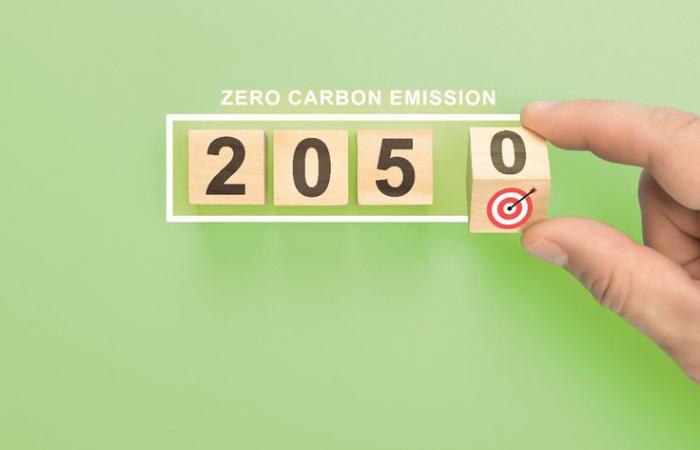In a context in which sustainability and energy efficiency represent two pillars for the planet’s housing future, Directive 1275/2024 “Green Houses” (replacing 31/2010), relating to existing properties, approved on 12 April by the Council of the European Union, represents a fundamental step forward towards creation of an ESG-oriented Europe.
Green Houses: the scenario in Italy
According to what is established by the Directive (articles 3 and 9), each Member State will have to adopt a national plan that provides for the progressive reduction of energy consumption in residential buildings to achieve a cut of 16% by 2030 and 20-22% by 2035; While, the entire residential sector must be zero emissions by 2050. Countries will be able to decide which buildings to focus on: the only constraint will be to ensure that at least 55% of the reduction in average primary energy consumption is achieved through the renovation of the worst performing buildings.
According to Istat, 12 million buildings in Italy, out of a total of 14.5 (equal to 82%), are for residential use, the remaining 2.5 million include other types. According to the Report on the Energy Certification of Buildings 2023 – created by ENEA (National Agency for new technologies, energy and sustainable economic development) and CTI (Italian Thermotechnical Energy and Environment Committee) – at the end of 2022 buildings with a poor class energy (E, F, G) represented almost 70% of the total.
Lights and shadows of the European Directive
The Directive sets very challenging objectives in terms of restructuring, but raises numerous doubts: Building renovation in Europe has a gap of
investment of 275 billion euros every year. Citizens are today exposed to relevant expenses to make their homes more efficient (both in terms of the envelope and the replacement of systems), making the goal zero emissions by 2050 very complex and onerous.
It would therefore be desirable for tax incentives to be accompanied by other tools and solutions that provide adequate and certain coverage. I am thinking of a 25-year fixed rate loan of 1% from the ECB, disbursed through Italian banks. If this were implemented by a government regulation it would cost the State very little, approximately 15% of the amount. Furthermore, if a 50% tax credit manageable over the following ten years was added to the hypothetical loan – even without a discount – then significant help from the government would arrive. It would most likely be covered, at least from what can be seen from the reports of experts on the subject, by VAT revenue and taxes and, therefore, would not become a cost for the State. By doing so, the huge construction market could further develop, which we have always understood to be the driving force in modern economies.
Green Homes Directive: the reaction of the construction sector
It is important that the work carried out by professionals in recent years is not belittled or wasted. In fact, if the Superbonus has left a positive legacy, this is certainly linked to training of actors in the field and the growth of the construction sector. Our companies and our professionals, also following the over 280 amendments that have modified the legislation over the course of these 4 years, have been able to adapt and evolve. For example, the Monitoring projects and their execution have become fundamental elements for H&D partners to combat fraud and guarantee transparency, respect for workers’ rights and their safety at work, regardless of existing incentives.
The EU Directive certainly presents the sector with a new challenge, but professionals will be able to make use of all the experience gained in recent years and, if supported with new tools, will be able to continue the energy transition path undertaken.
Impacts of the Directive on the work of professionals
The impact of the “Green Homes” Directive on the real estate market will be important, also due to indirect repercussions from a financial point of view. In fact, you need to know that when a bank grants a mortgage, the latter is then securitized and resold on the financial markets. Nowadays, a mortgage that does not have an asset with certain ESG characteristics as its underlying asset is increasingly difficult to accept by the market: it follows that the lower the energy class of the building to be purchased, the lower the overall amount of the mortgage will be.
All this should encourage buyers looking for a home to select homes with the highest possible energy class or, where possible, take out mortgages for the energy requalification of homes, leaving less compliant buildings on the sidelines. I would like to underline once again how the prior planning of interventions and materials that contemplate a reduction in energy consumption is, therefore, fundamental for the future of our properties and their related sales. The role of the professional becomes discriminating and can make a difference to the value of our homes over time, as well as to environmental sustainability in general and economic advantages.
© All rights reserved






